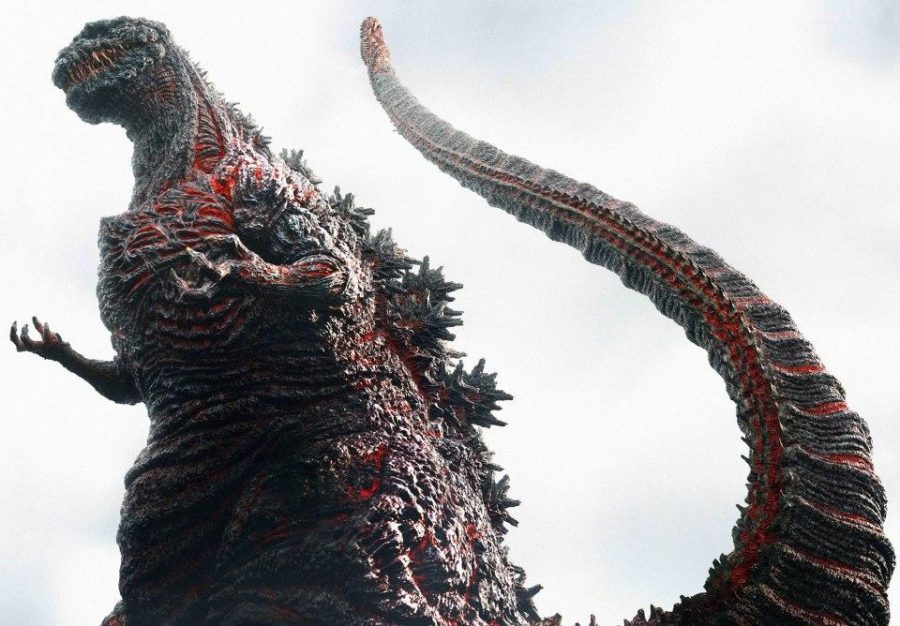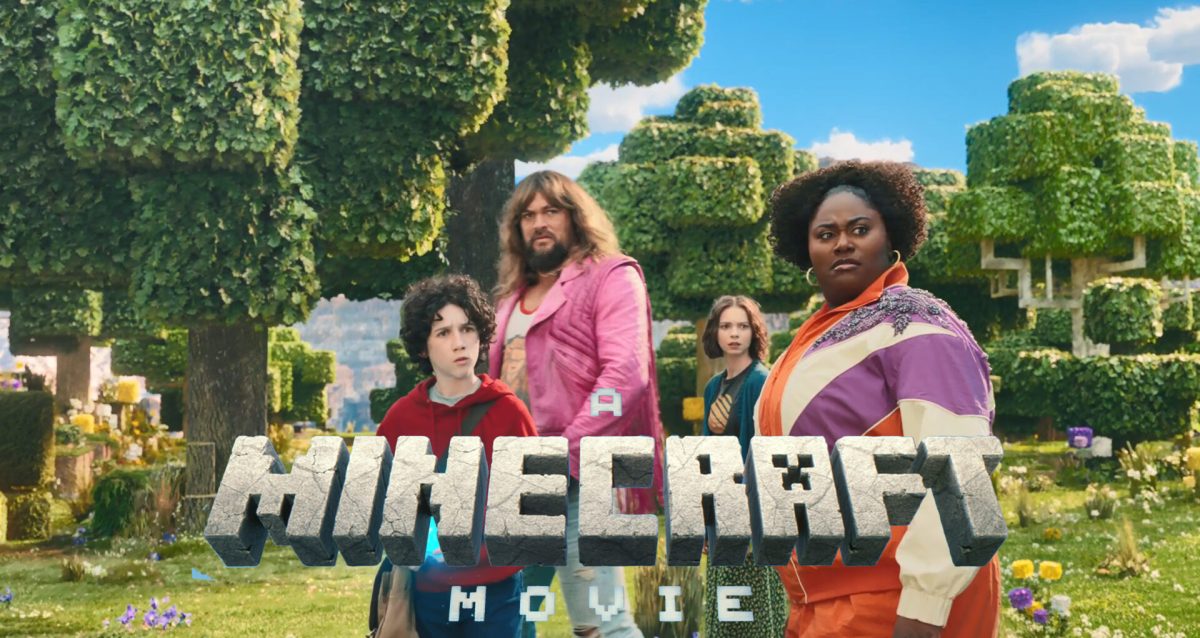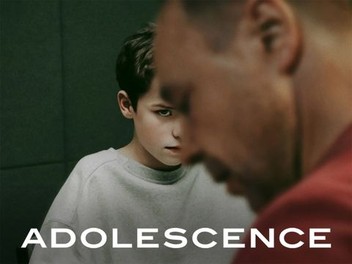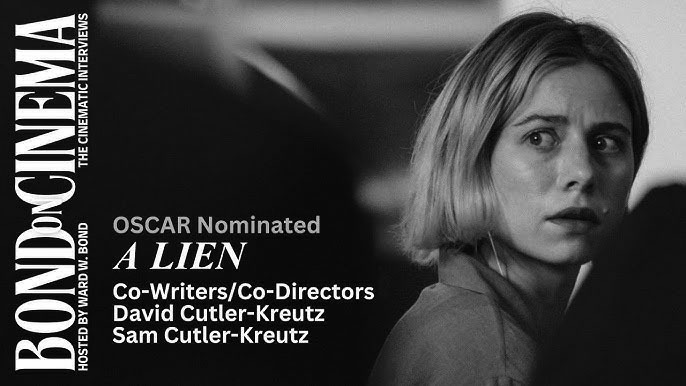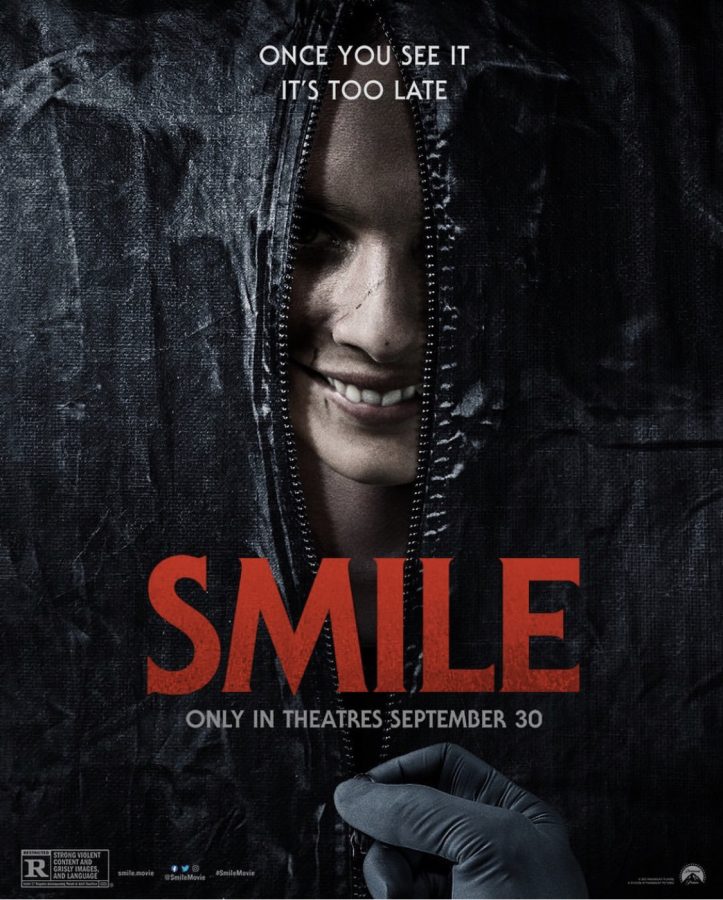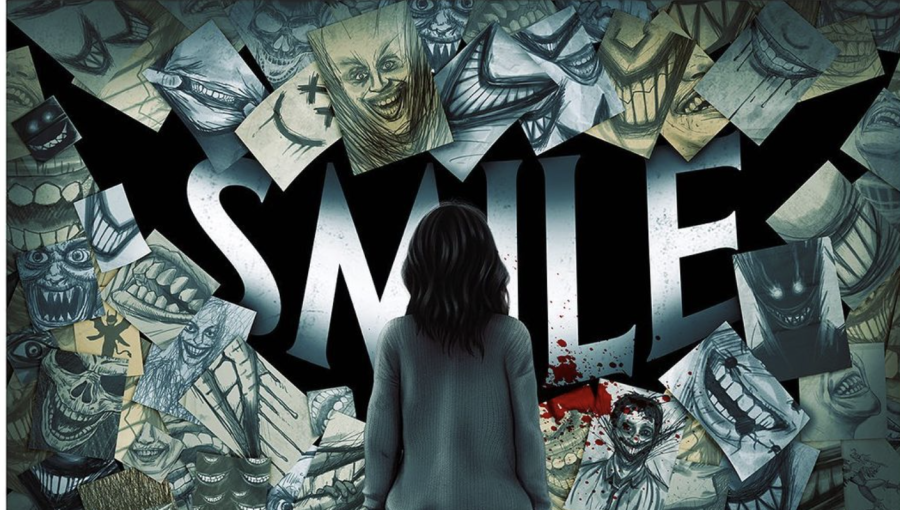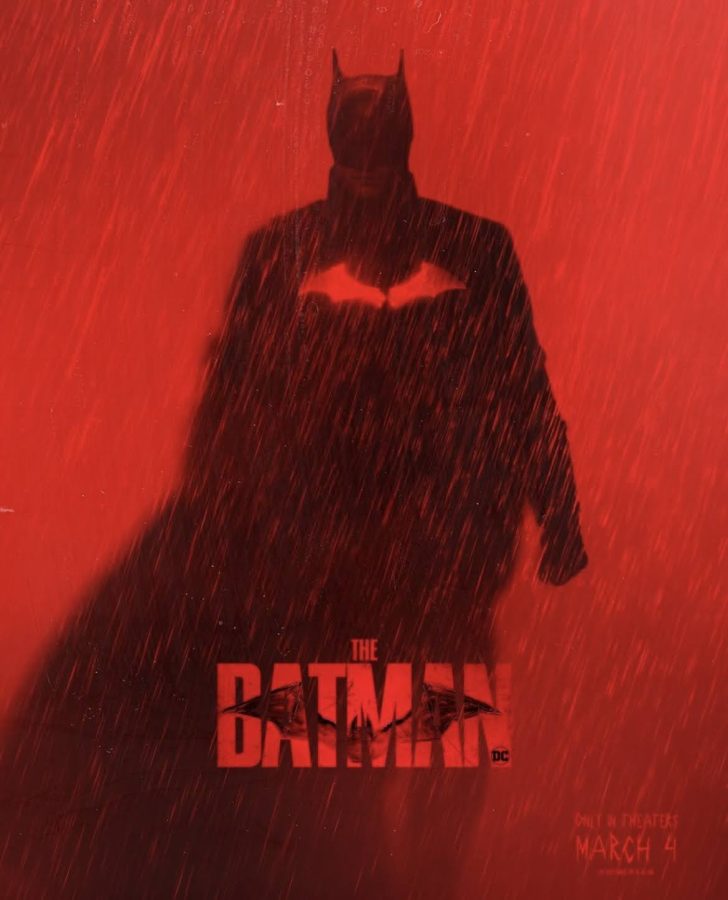Much of the appeal of film is the ability to tell stories that reflect real life contemporary issues. Forrest Gump is considered an amalgam of 1970s-80s issues. Inception is a commentary on corporate brain washing present in society. Historical events inspire the fictional characters to act as a result of these actions, making these films extremely powerful.
In 1954, nuclear testing was more prevalent than ever. After Japan had suffered nuclear attacks just nine years prior at the end of WWII, the Japanese were naturally afraid of the testing going on in the waters not too far from their home, yet the U.S had to keep testing locations confidential. As a result during one test, a Japanese fishing boat named Lucky Dragon 5, was exposed to a test that they did not know was occurring so close to them.
The ship returned with radioactive sickened crew members and poisoned fish. This sparked a whole new nuclear scare in Japan. As a result, the film Gojira served as a commentary by director Ishiro Honda. Gojira told of an ancient dinosaur awoken and mutated by nuclear testing. The monster, Godzilla, comes to land on Tokyo and causes mass devastation. The nation is hesitant to use nuclear testing after having just been devastated by nuclear weapon, and eventually a new weapon is developed to defeat the monster. However, this new weapon brings about danger, calling into question the ethics of weapon making.
From a dark, solemn, and socially reflective allegory of a film, Godzilla went on to be featured in 29 sequels. Yet, unlike the political undertones of the first film, the following movies were much cornier sci-fi flicks full of over the top giant monster fights and cliché aliens.
Besides from the Japanese films, there have been two American adaptations of the monster. Godzilla in 1998 is considered a disaster, and Godzilla in 2014 has successfully started a Hollywood shared universe with King Kong set to appear in a crossover scheduled for 2020. In the meantime, Toho Studios, the Japanese studio who produced all of the other Japanese Godzilla films, has just put out another modern take on the monster that put Japanese cinema on the map. Shin Godzilla was released in July in Japan, and for a very limited release in North America. Unrelated to the Legendary Pictures American Godzilla, Shin Godzilla ignores all previous Godzilla films for its continuity, allowing the monster to be completely unprecedented in the film’s continuity.
The film centers on the efforts of the Japanese government to deal with the new threat of a giant tadpole creature that appears in Tokyo Bay. It soon rampages into the city, where it evolves into the more recognizable bipedal Godzilla. From there, Godzilla unleashes horror upon Tokyo, reminiscent of the fire bombings of World War II, which killed twice the amount of civilians as the nuclear bombs.
The story of Shin Godzilla is not about the monster, but rather the human stories of how people would deal with the conflict. There is no shortage of characters, with every government and military actor having a name captioned over the screen. What the film does very well is to show the Japanese bureaucratic process and the problems they are in.
By the time the military gets approval to attack the creature, Godzilla has already destroyed three wards of Tokyo. The military is incredibly inefficient at taking down the creature; after WWII, Japan swore an oath to never enter war again. So having to defend the homeland is unprecedented, leading to an unsuccessful operation where Apaches, tanks, and fleets of missiles do not even make a scratch on Godzilla as he progresses through the city.
Shin Godzilla might be the best Godzilla film made since the 1954 film. Shin is certainly the most similar in tone and execution. The political environment is very heavily present. Rather than nuclear weapons giving Godzilla his invulnerability, this Godzilla has fed on nuclear waste dumped into the waters of Tokyo Bay, bringing in a whole new timely issue. This element makes it a strong commentary on the recent Fukushima disaster, where an earthquake caused the biggest nuclear meltdown since Chernobyl in 2011. With this nuclear threat still felt by the Japanese people, Shin Godzilla is incredibly timely, just as Gojira was after the Lucky Dragon incident. The characters of the government are very well fleshed out, as each person is working on different ways to bring Godzilla down, as well as crisis management and evacuation plans, which were needed for the Fukushima response.
On a technical level, the film is excellent. The creature design reinvents Godzilla from a dinosaur in a rubber suit to a transformative abomination, which is far more terrifying. Godzilla’s trademark atomic breath is reinvented, unleashing more destruction than ever before. The score is reminiscent of The Force Awakens, in that it incorporates themes from Akira Ifukube’s 1954 soundtrack with new compositions as well. This blending of the old and the new reminds us that this is the true Godzilla moving forward.
While Legendary did a fine job in 2014 reintroducing the monster to American audiences, and will surely make very entertaining sequels, Shin Godzilla is the true rebirth of the monster and has already made money playing in a limited release across the US. Be sure to check it out before it is out of theaters.



